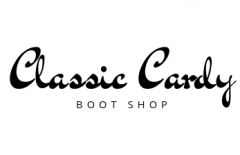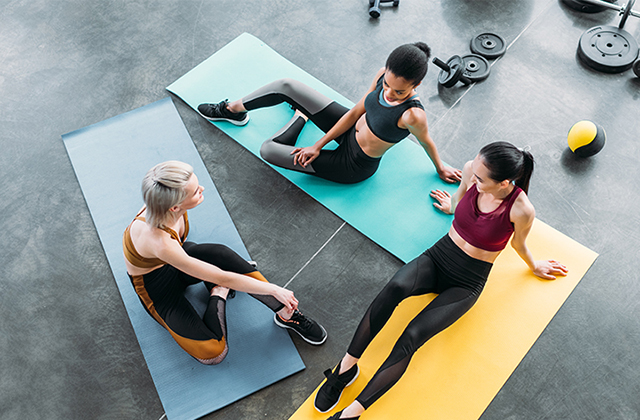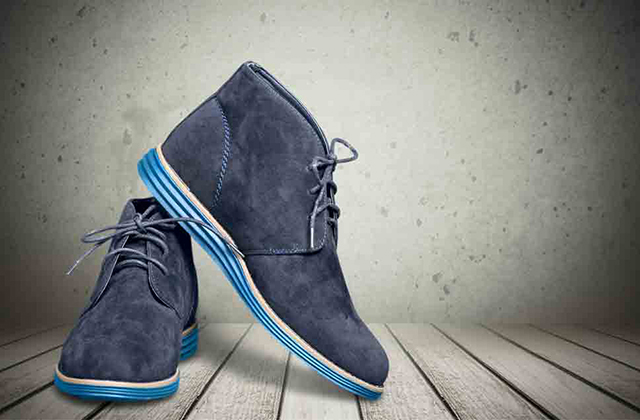Physio Northern Beaches therapists have access to the latest rehabilitation equipment specific to our client’s needs.Gaining weight is not something you look forward to your future. Obesity is one of the root cause of vast health issues and nutritionist all around the world are always convincing people to shed the few pounds to live a fit life. Healthy eating habits, regular exercising and taking ample rest have been noted by far the best steps for a pleasant life. Apart from going to the gym, one can visit reformer pilates centre in Adelaide which is a more relaxed way of gaining good health than lifting heavy weights.
What is pilates reformer?
If you are not sure what pilates exercising is and how they help you to shed the extra pounds, then here is a brief about it. The exercise was instituted by a gentleman called Joseph Pilates and a specially designed bed is the central part of the training which is called the pilates reformer. It is equipped with a number of external gears using them will definitely give you a slim and trim look. These specially designed beds are lined up in a studio and people can twist and turn, performing different kinds of exercises. To hit the ideal body and weight mass index, three factors are to be considered – weight, the intensity of workout and duration.
The platform comes with multiple springs of different magnitude apt for different people having varying energy levels. These are portable making it all the more favourable to individuals who want a setup back in their home. These are also installed with restricting blocks which prevents them to slip off the edge while exercising over the bed. Individuals can either push or pull the handles laden with springs to exercise. The bed is sectioned into two partitions where one end is fixed and the other is installed with wheels rolling over a trail. One can use the footbar, handles and elastic bands in combination with the rolling platform to perform different exercises.
The benefits of pilates
When it comes to the benefits, it is ample. The three main factors which are the main motives behind favouring this exercise is strengthening the core, making the body flexible, enhancing hand and body coordination and preserving body balance. After a couple of visits, you will notice the difference as you will feel more energetic, poses a better posture and get rid of any lingering pains. Reformer pilates in an Adelaide health centre has definitely helped the mass live a healthy living standard.


